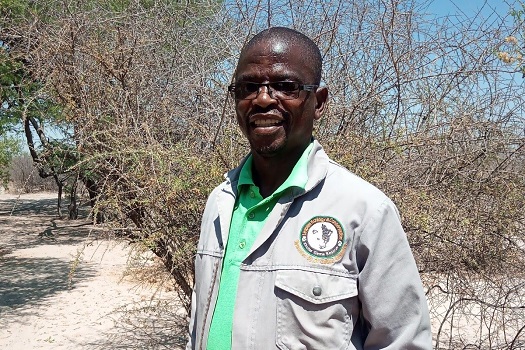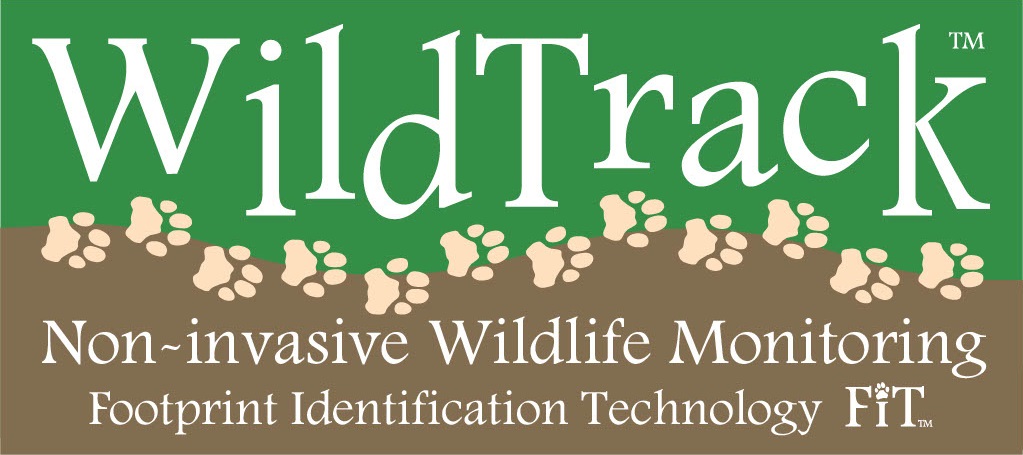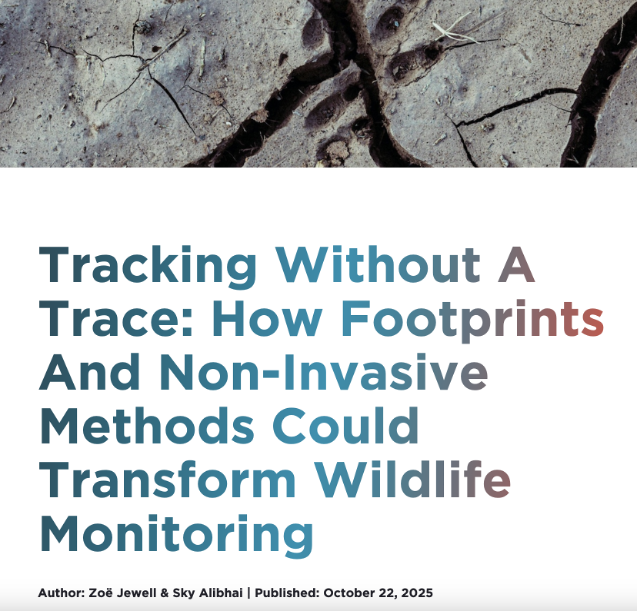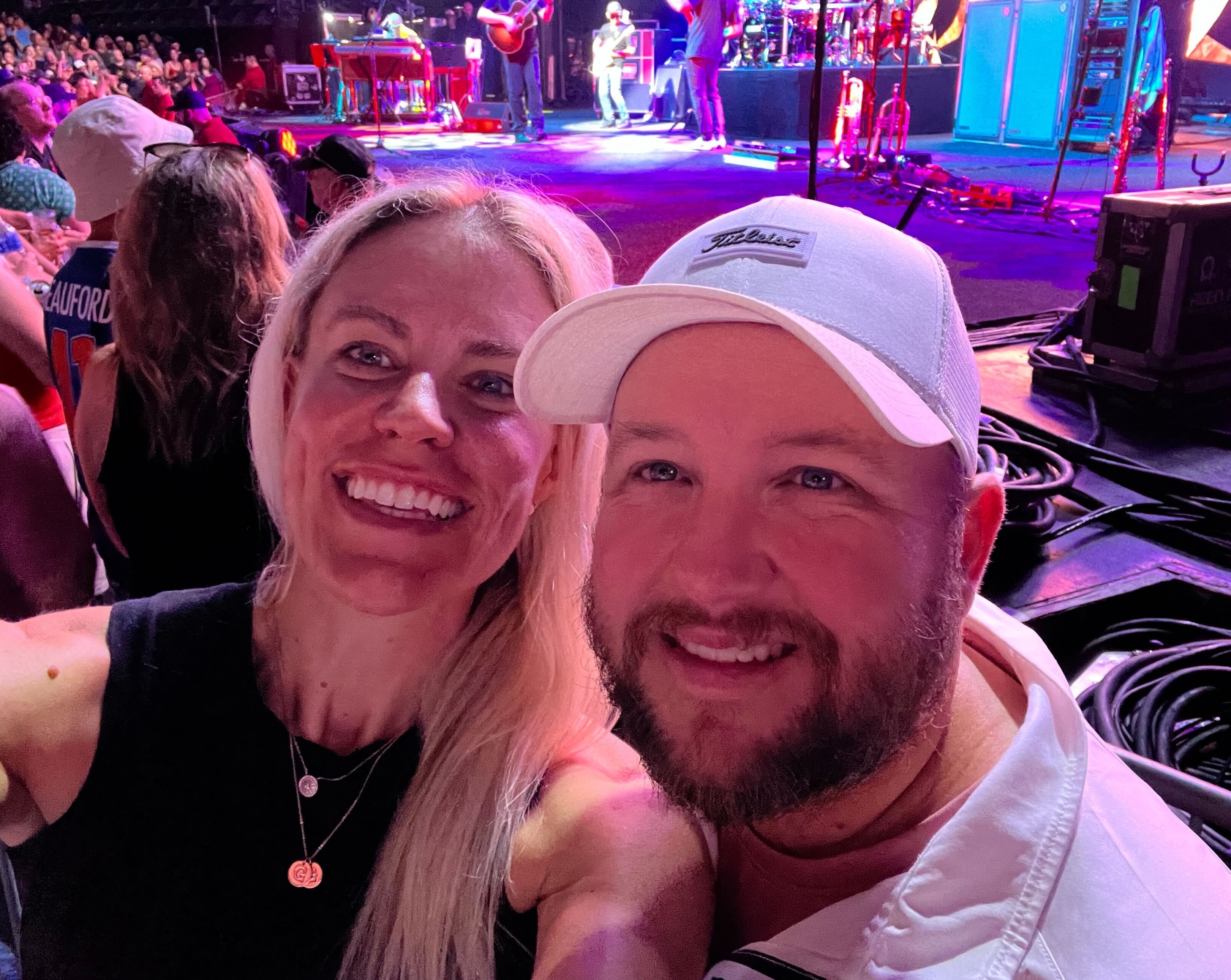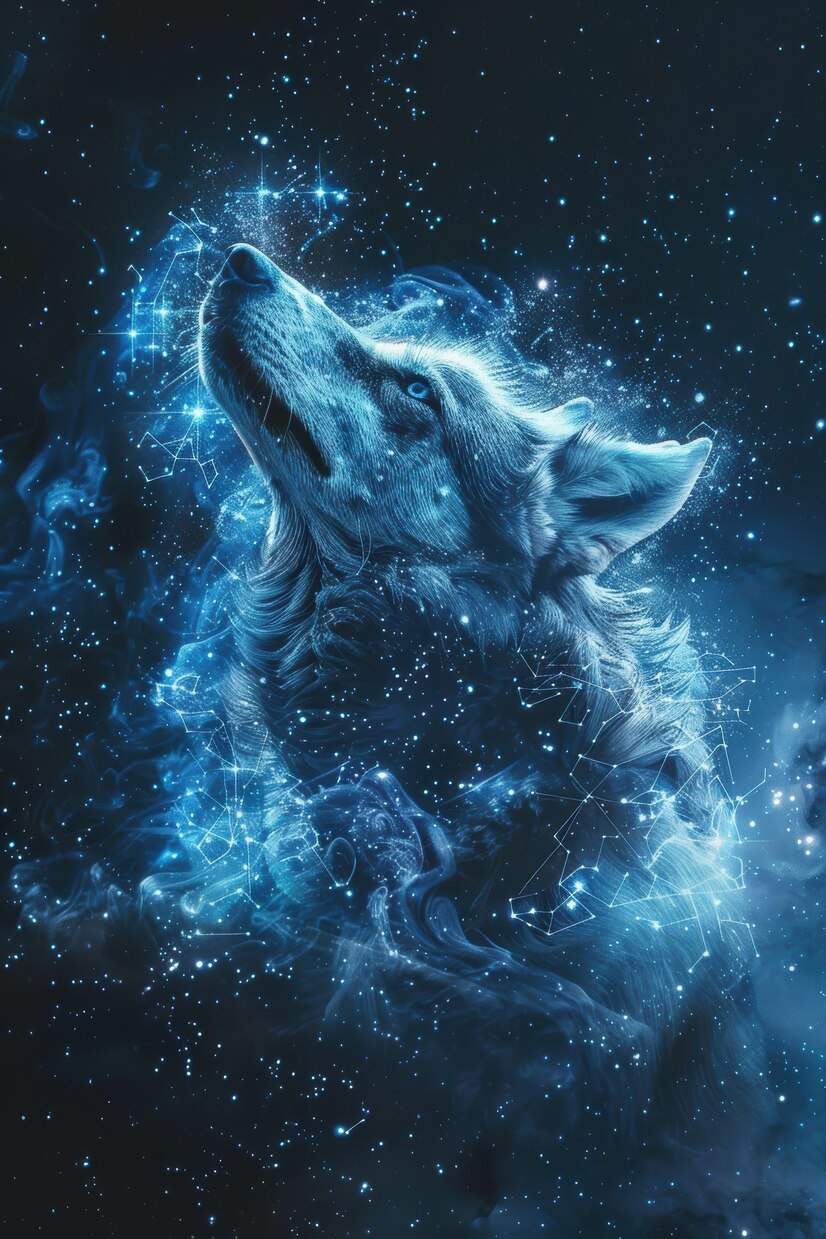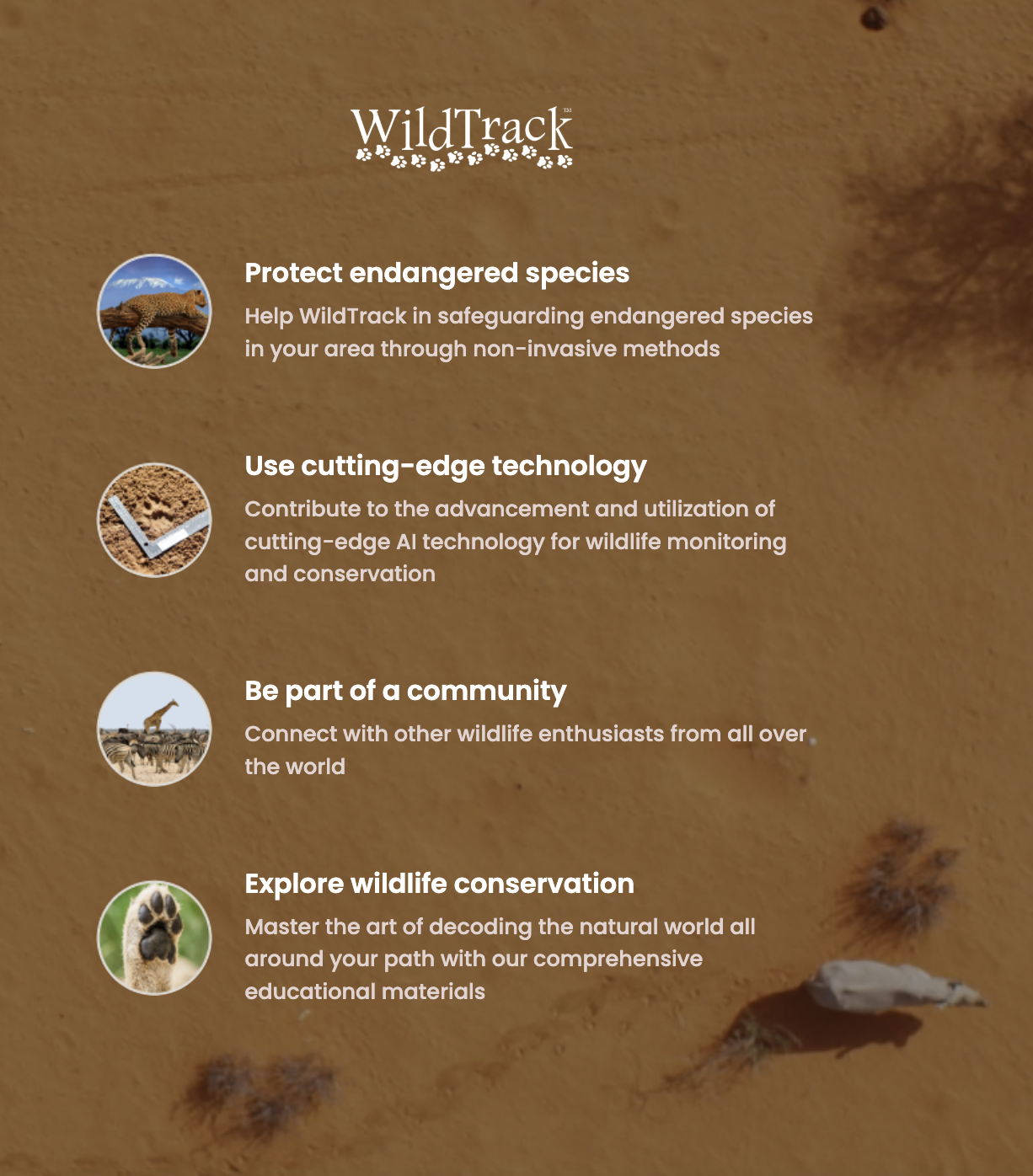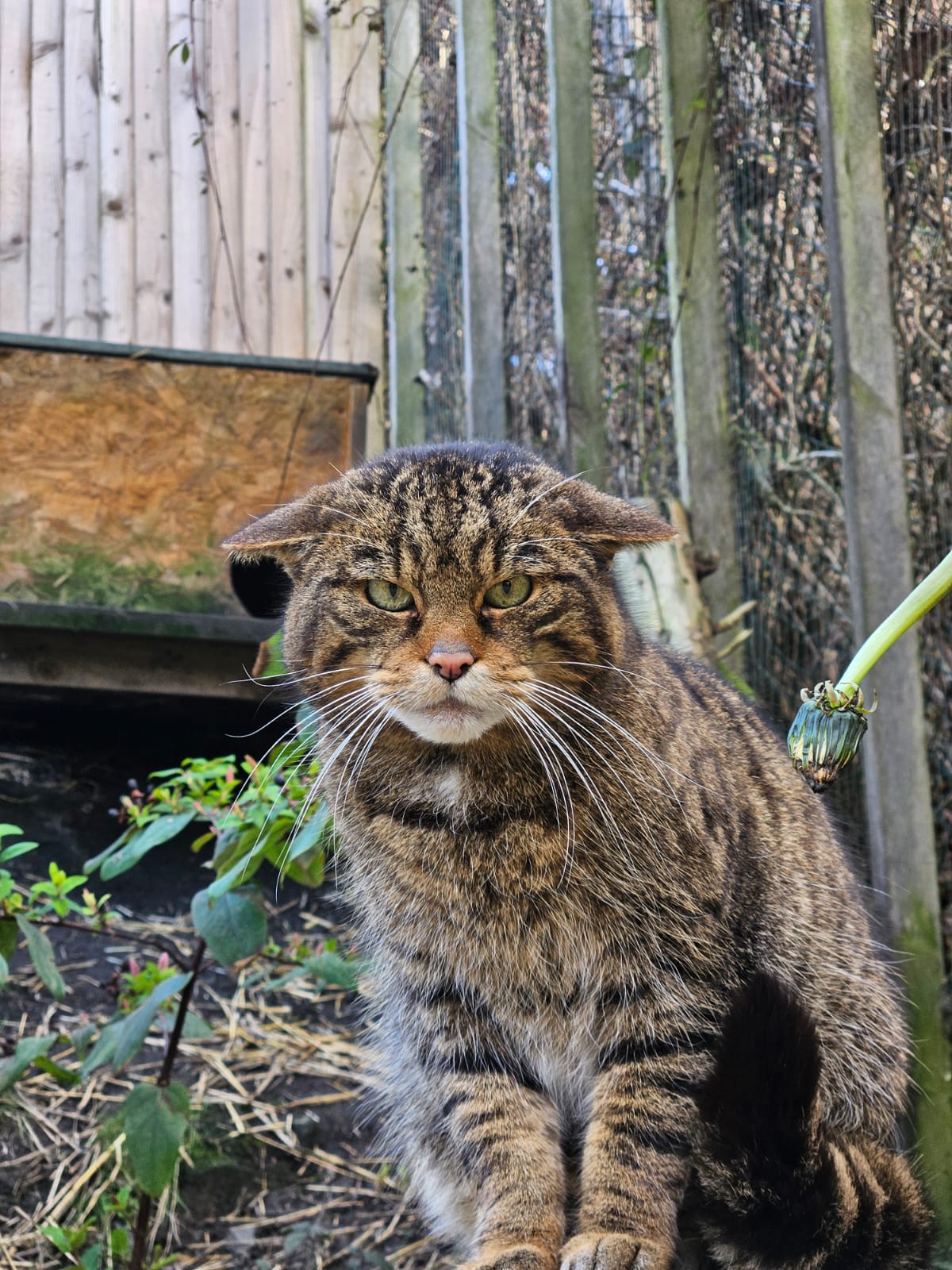Pogiso 'Africa' Ithuteng talks about tracking for conservation
Back before we founded WildTrack, we lived in Zimbabwe for 10 years tracking black rhino, and worked closely every day with expert indigenous trackers. Slowly we translated elements of their incredible skills into the footprint identification technology (FIT) that now allows us to identify endangered species from images of their footprints.
Our colleagues in the WildTrack Specialist Group around the world still work closely with these expert trackers. They, and the communities they live in, are key to the success of conservation initiatives , bringing critical local knowledge together with the human art and science of tracking, borne of generations of cultural evolution.
Colleague Alessandro Araldi, research coordinator from the Leopard Ecology and Conservation group in Botswana, asked Pogiso ‘Africa’ Ithuteng, field assistant and tracker supervisor, his thoughts about the importance of tracking for wildlife conservation. Here’s what Pogiso had to say:
When did you start learning to track and who taught you?
From my childhood I started learning tracking and the people who taught me were my father, uncles and grandfather. Tracking was one of the approaches we used to assist in successful hunting.
Do you think young people in your community are interested in learning to track? If so, how can we help encourage them?
Yes, they are interested. There is evidenced by students (from Kaudwane Primary School) being interested in animal tracks and to learn more about animals during school tours in protected areas. The youth in the community also show a lot of interest during educational campaigns (in the cattle posts) because they find it difficult to differentiate the different animal spoors and they want to learn.
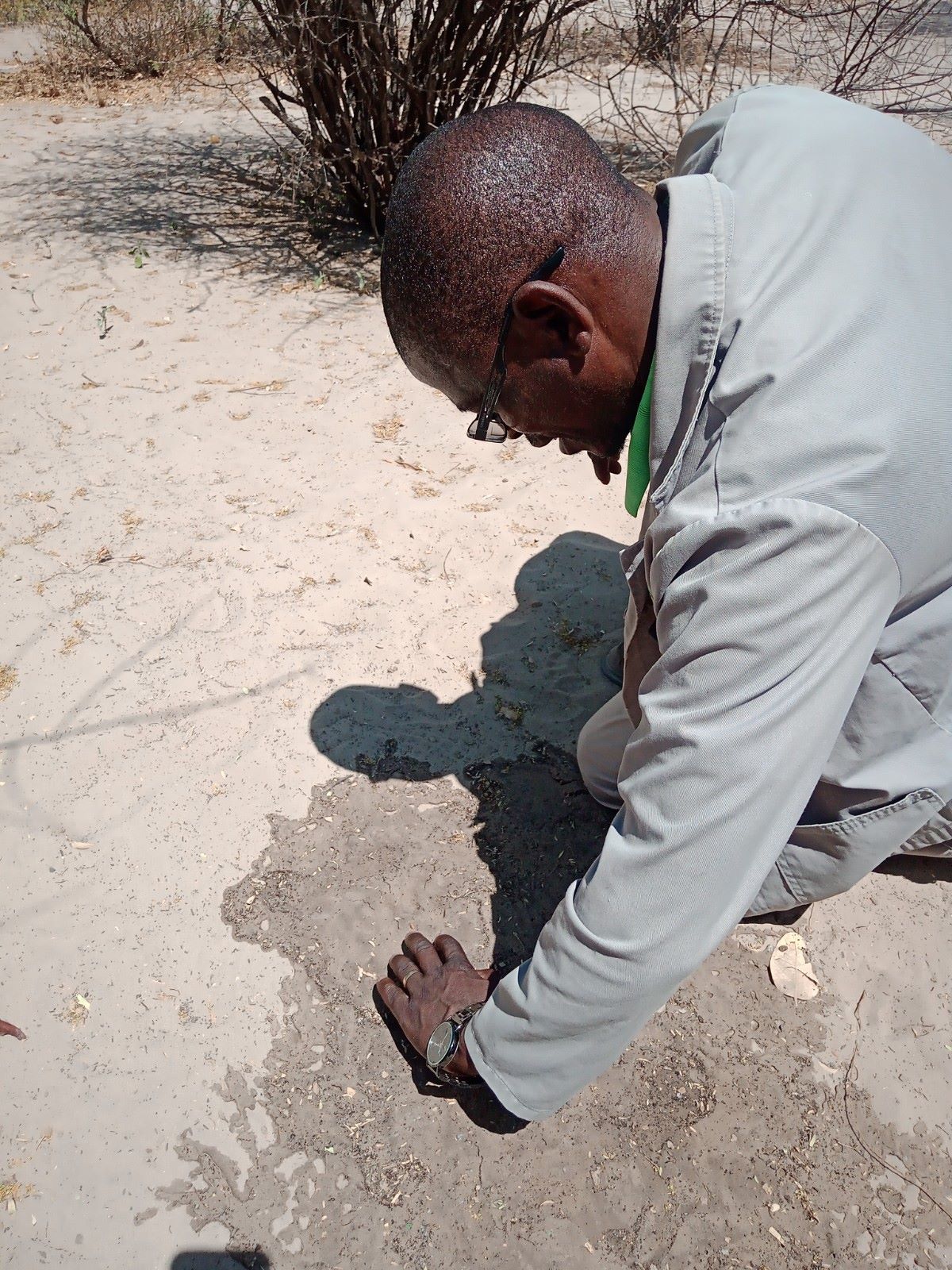
Pogiso exampines the ground for animal signs
We can encourage them through training, such as CyberTracker, and the use of new technologies like the app created by WildTrack. The youth of communities that reside inside the Central Kalahari Game Reserve who were introduced to CyberTracker are encouraged and show a lot of interest and cannot wait for the training to commence. That in itself indicates that the people are willing to learn. Culturally we can still maintain the training so that our youth are able to identify the different tracks for problem animal incidents as well as just spoor identification for research purposes.
Tracking started as a way to hunt. Now we are using it to help protect endangered animals as well. What other ways do you think could protect endangered animals better?
- To educate people on how these animals are important globally and what causes the declines in their numbers and also come up with solutions as different stakeholders on what approaches to deploy to reduce/stop the declines. The school curriculum should also include issues of endangered species.
- Better livestock husbandry methods should be taught and implemented to reduce human-wildlife conflict.
- To come up with strategies that are comprehensive and practical that can show communities that they can directly benefit in coexisting with wild animals including endangered species through ecotourism initiatives.
